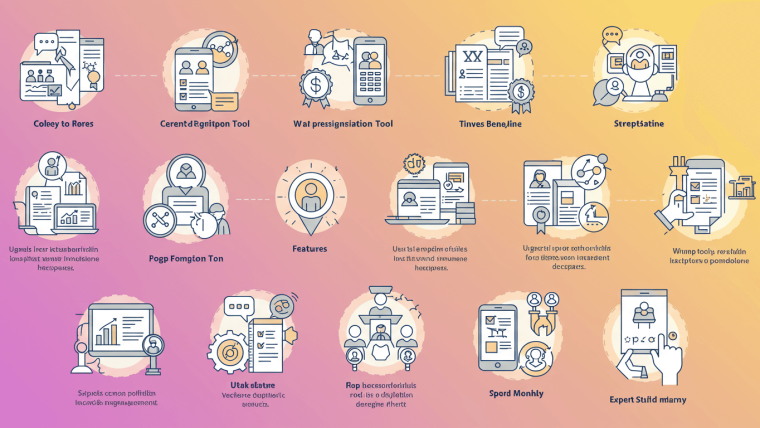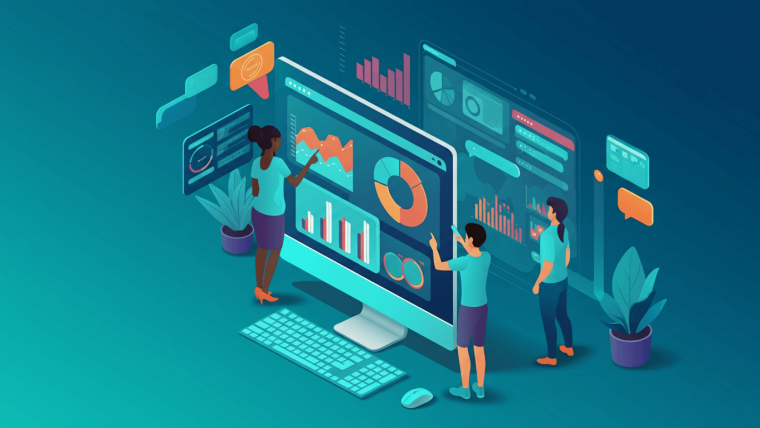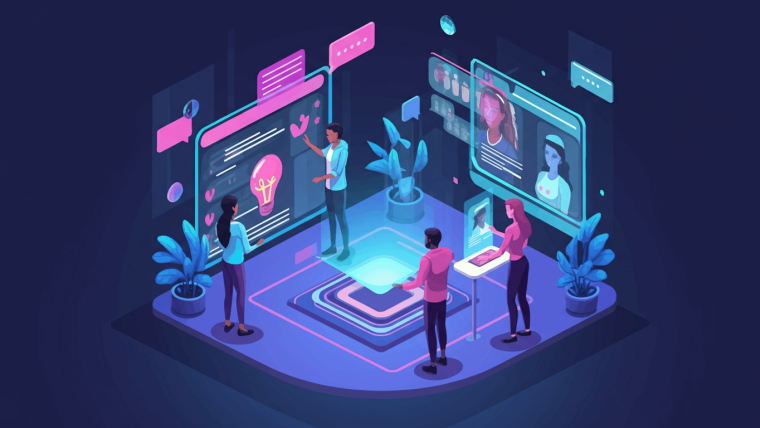Web-based summits are now the norm not only for networking, but also for product launches, webinars and panel sessions. But what about when the event is over? For many businesses, the real pain will come next. A good follow-up email sequence will help members who attended an event with the intention of buying something and forgot, end up becoming lifelong customers, partners, or advocates.
In this post we’ll show how you to craft the perfect follow-up email strategy. We’ll look at audience segmentation, crafting compelling emails, picking the perfect time to send, and how to measure your campaign’s success. So whether you are looking to boost attendance at your next event or want to drive leads from an event, use these learnings to get there.
Segmenting Your Audience
One-size-fits-all strategies don’t cut it in email marketing. By segmenting your list, each email will feel specific and relatable, and your open rates and engagement rates will rise as a result. Following any virtual event, your attendees will generally fall into a few different groups. Here are some of the segments to consider:
Prospective Customers
Yes the people who come want what you are selling, but we also have to sell them first. Think about it; they signed up because they perceived that they would GAIN something from your offer. Include some personalized information in your follow-up email, like case studies, product demos, or limited-time discounts.
Example:
“Hi [First Name],
Thank You for Joining us at [Event Name]. If you are interested in learning how our product solves for [Problem/Challenge], we’d love to provide you with an exclusive preview. Book your free demo today!”
Current Customers
You are looking to retain and further entrench post-purchase trust among existing customers. Share additional value, like tips and advice can use, guides or behind-the-scenes.
Example:
“Thanks for attending! We’re excited to share these bonus thoughts that didn’t appear during the live session. We hope it brings an additional layer of joy to the experience!”
VIPs or Key Stakeholders
They may be VIP attendees such as thought leaders or partners, sponsors. Your response to them should reflect that, with custom thank-yous or special bonuses.
Example:
“[First Name], we couldn’t have made [Event Name] a success without you. As a thank you, we would like to provide you with early access to [Exciting Opportunity].”
No-Shows
Sometimes, registrants don’t show up for a variety of reasons. A personalized follow-up for them can free their attention. Re-share a highlight from the event, or replay of it, to re-engage these followers.
Example:
“We missed you at [Event Name], but you can still get in on the highlights! Watch it in full here, and read on for some takeaways you’re sure to love.”
Key Takeaway:
Don’t shotgun one email to everyone! Customize your emails to the recipient’s individual situation for the highest relevance.
Crafting Compelling Content
The worthiness of your piece of follow-up email is what can make it resonate with people. Here are some guidelines for generating follow-ups that publicize engagement:
Craft a Compelling Subject Line
The from line is the first thing your recipient view. Keep it brief, personalized and intriguing. Here are some examples:
-
“We were so glad that you could join us at [Event Name]!”
-
“See what you missed at [Event Name]”
-
“Your special promotion from [Event Name] enclosed!”
Personalization is Key
(most important) Use their name and what session or topic they attended and why they signed up. Personalize the email, so they feel recognized and appreciated.
Example:
“Hi [First Name],
At [Event Name], you participated in the session ‘[Session Topic].’ To learn more about this topic, be sure to take a look at this guide we put together.”
Include a Clear CTA
Each follow-up email needs to include a compelling CTA, directing the recipient towards their next action. Download more materials, Request demo, Schedule a meeting… make the next step in the process easy to see and obvious.
Be Professional yet Friendly
Balance being approachable and credible. Your receivers should feel as if they are interacting with an understanding and affable entity.
Incorporate Images and Important Points
Using visuals in your email, such as photos, infographics, or short excerpts of the event footage itself can help to make your emails more engaging. Emphasize headline items to grab people’s attention right away.
Key Takeaway:
Write for your reader. For the email: Keep it personal, keep it short and keep it visual, and very valuefocused.
Timing is Everything
The time you send out follow-up emails can actually affect open and response rates. Here are some best practices:
Issue a Thank-You in Less Than a Day
“Spark interest when the event is still hot on attendees’ minds. Just a quick thank-you email in the days following an event provides a foundation for future conversation.
Example:
Thank you for attending [Event Name]! We’ve something special for you… (CTA)
Re-share Highlights or Recordings Within 48–72 Hours
If your post-conferees want to relive the highlights or if anyone missed out but still wants an overview, post your highlights a few days later. It provides a sense of urgency, keeps the momentum rolling.
Example:
“Failed to attend a critical [Event Name]? Here’s the recap!”
Step 4: Wait One Week for Special Offers or Next Steps
After the swell of excitement subsides, you can follow up with special offers, and invite your attendees to your next event. This is what keeps your audience around over time.
Drip Campaigns with Motivating Emails to Keep Your Leads Engaged
In the weeks or months ahead, continue to inspire your leads with useful content. That could be a case study, a success story, or a campaign on the horizon. Keep the momentum going!
Key Takeaway:
The perfect balance between prompt and lingering is the secret recipe for a successful follow-up process.
Measuring Success
How do you know for sure that your follow-up strategy is effective? These are the metrics you will want to monitor to check the efficiency of your campaign:
Open Rates
Consider the number of recipients that opened your email. Low open rates can suggest that either the subject line or send time must be adjusted.
Click-Through Rates
Calculate how many of the recipients actually clicked the CTA in your email. This is how you can determine the efficiency of your content.
Conversion Rates
Consider how many recipients took the next action you’d hope for (like a demo signup or resource download).
Unsubscribe Rates
See how many users are removing themselves from your emails. A high total might indicate that people are overwhelmed or disengaged.
Feedback and Replies
Note down direct-replies. Do your email recipients actually open and read your emails? Their responses or questions may be quite instructive.
Key Takeaway:
Periodically measure these indicator and refine your approach to get better.
Create Relationships that Extend Past the Events
You have a secret weapon to help you get the most out of each and every virtual event, and that’s having a well-planned follow-up email strategy. By segmenting your audience, customizing your email content and delivering on perfect timing, you can transform attendees into customers, collaborators, or advocates for life.
Want to automate your email follow up process? Use automated email tools that can be personalized and analyzed. This can be a time-saver as well as a way to cause early engagement.
Still unsure where to begin? Check out our other guides or chat with our experts to ensure you get the most out of your virtual events! To evaluate the impact of your follow-up strategy, it’s essential to understand the top metrics that define webinar success.







Webinar Analytics: A Complete Guide to Measuring Success and Improving Performance
The Ultimate Webinar Follow-Up Strategy to Turn Attendees into Customers
Webinar Accessibility Best Practices: How to Make Your Online Events Inclusive for All
Webinar Personalization: Tailoring Content to Audience Segments for Maximum Engagement